


Chemical resistant aboveground tanks
We manufacture non-pressure and low-pressure tanks with a long service life, equipped with elements that reduce maintenance costs (including an indicator element, wall condition sensors and other measurement sensors to facilitate and automate operation).
Depending on the application, we distinguish:
Technologies that guarantee high resistance
The choice of tank technology is always preceded by an analysis of the medium and the operating parameters of the plant. At Amargo, we have all possible technologies for plastics and composites. In the case of plastic tanks, it can be the AmargTank ClassicWeld® technology for welding finished sheets of plastic with fixed commercial dimensions. Others are winding technology for thermoplastic production: AmargTank SafeSeamLess®, which is further divided into AmargTank MultiLayer® and AmargTank MultiLayer DoubleWall®, depending on the profile of the tank wall, and winding technology for production from composites: AmargTank Composite®.
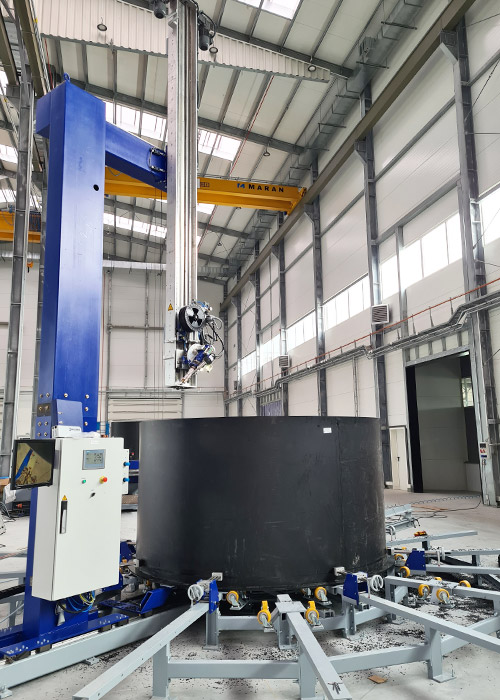
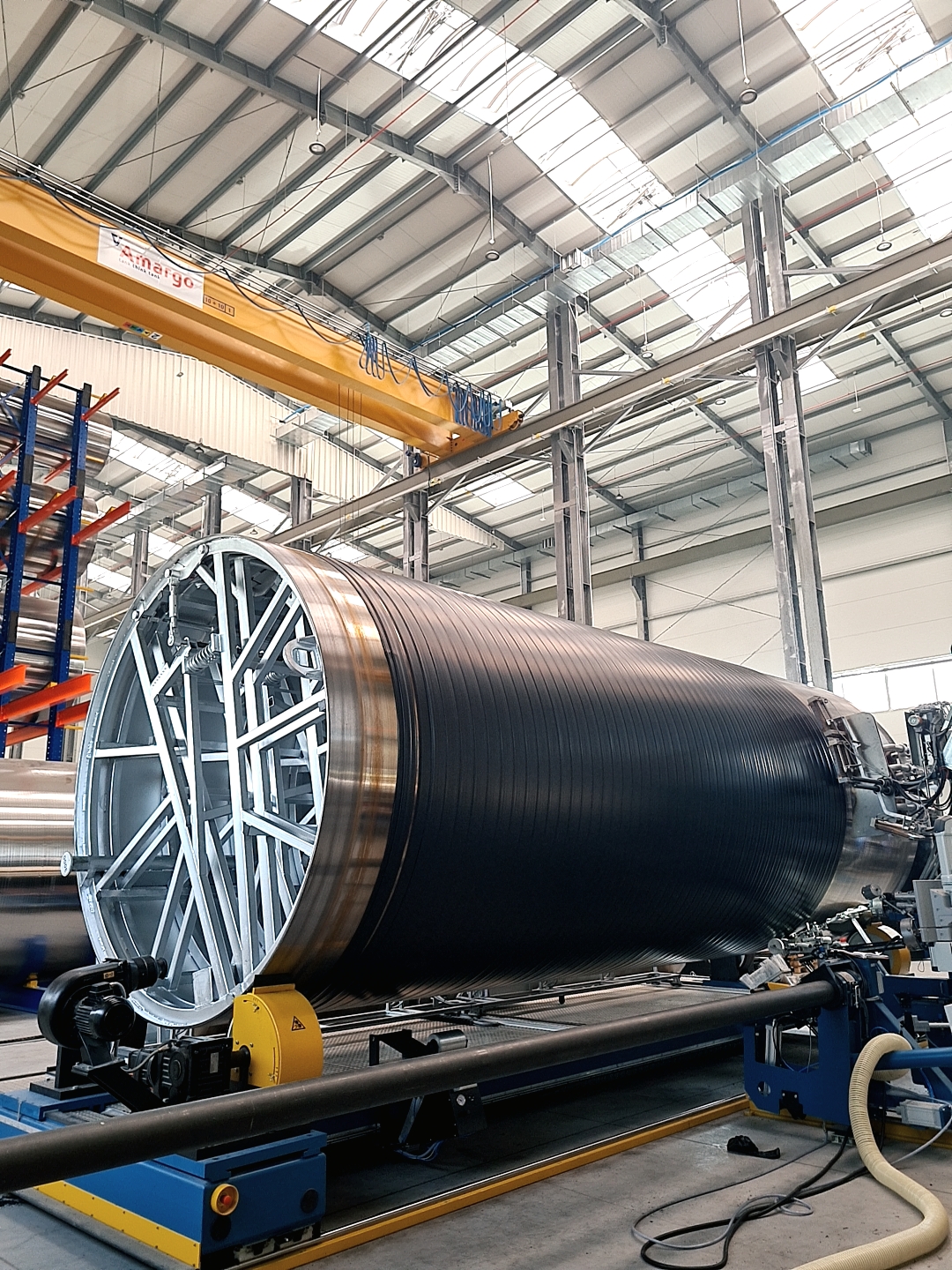
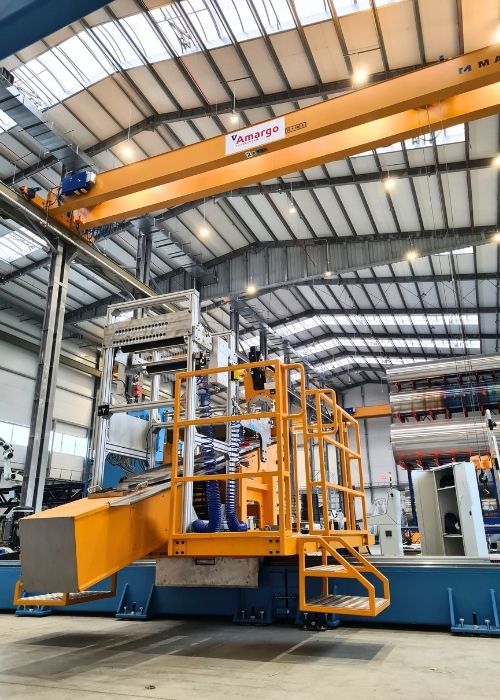
According to the Regulation of the Council of Ministers of 7 December 2012 [1], issued on the basis of Article 5(2) of the Act of 21 December 2000 [2], the following devices from the group of non-pressure equipment are subject to technical supervision:
In each such case, we fully take over the formal issues related to supervision procedures and obtain approval for the engineering documentation from the UDT unit.
In accordance with § 64 item 5 of the Regulation of the Minister of Economy of 16 April 2002 [3], in technically justified cases, when the tank material is very resistant to the working medium and preparation of the tank for testing is difficult or the tank has double walls and a leakage monitoring system, the competent technical supervision body may extend the time between internal inspections or leakage tests or agree to apply other testing. An internal inspection should be conducted no less frequently than every 10 years. For painted steel tanks, this period is half of the above.
[1] Regulation of the Council of Ministers of 7 December 2012 on types of technical equipment subject to technical supervision, Dz.U. 2012, item 1468; hereinafter: Regulation on types of technical equipment.
[2] Act of 21 December 2000 on technical supervision, i.e., Dz.U. 2019, item 667.
[3] Regulation of the Minister of Economy of 16 April 2002 on the technical conditions of technical supervision to be met by non-pressure and low-pressure vessels intended for storing toxic or corrosive materials, Dz.U. 2002, No. 63, item 572,; hereinafter: Regulation on the technical conditions of technical supervision.
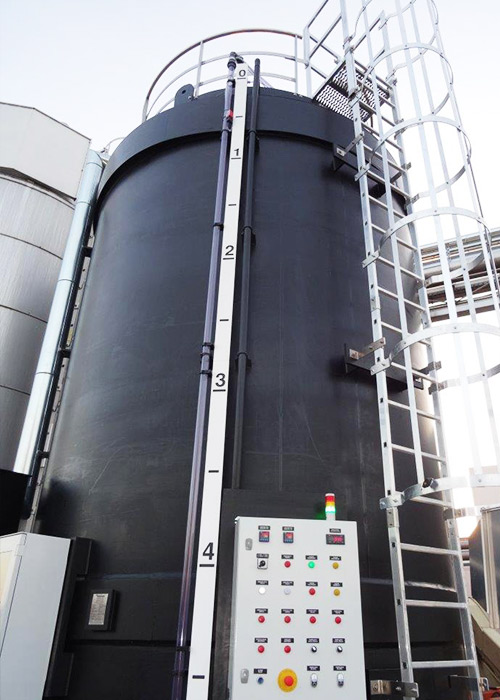
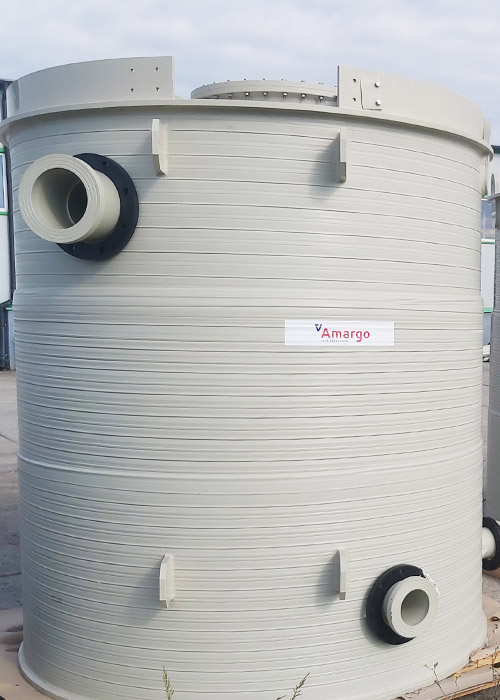
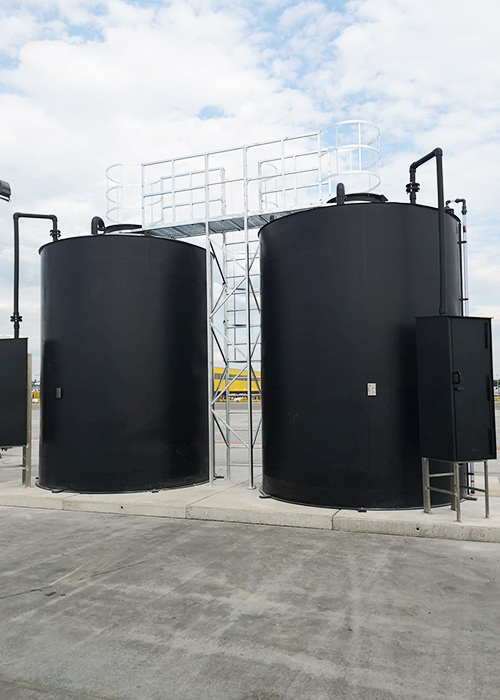
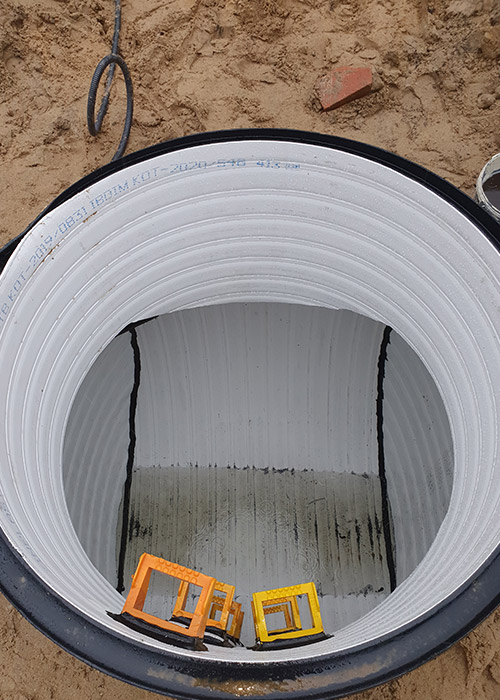
| Design variants |
| a) vertical b) horizontal c) cylindrical d) rectangular e) custom |
| Roof variants |
| a) flat roof b) conical roof |
| Bottom variants |
| a) flat bottom b) slanted bottom c) conical bottom d) raised bottom |
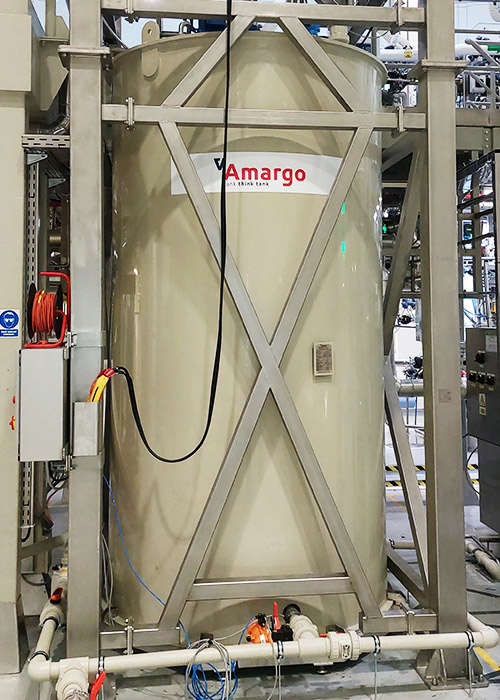
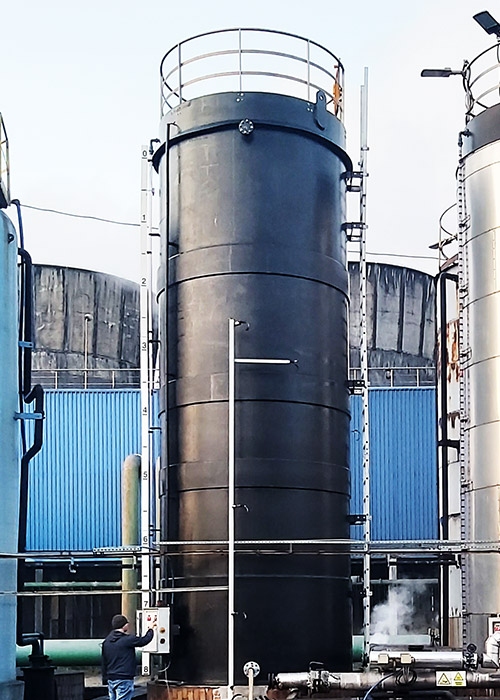
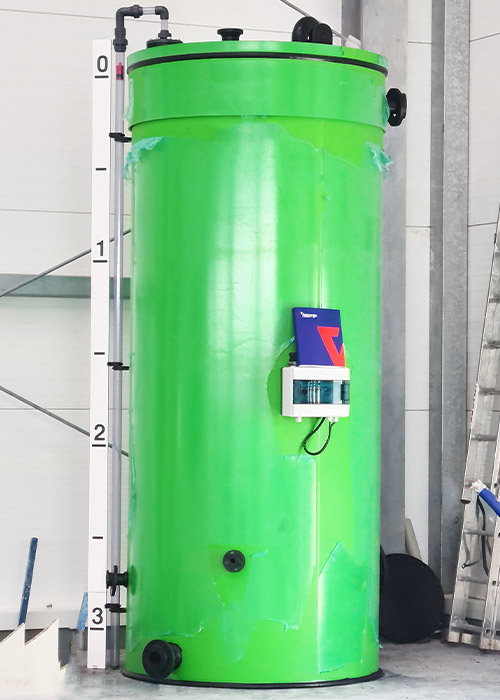

In case of chemical resistant tanks, which work with corrosive and hazardous substances, we use additional protection to protect the production environment and the environment from leakage of the medium as a result of unsealing.
We equip tanks with liquid level indicators (non-contact measurement probes: ultrasound or radar with signal retransmission option and float level gauges) and overfill sensors in accordance with the requirements of the UDT Office of Technical Inspection, we also select technically and economically sound protection solutions, such as:
Once a chemical resistant tank is manufactured, it undergoes rigorous quality control by Amargo’s qualified personnel.
This control includes:
Depending on the type of stored or processed substance or mixture of chemical compounds, we equip the tank with necessary fittings and various installation components that are selected individually, depending on the purpose of the tank and the client’s needs. In the table below you will find a summary of the equipment – both standard, which are ports in the appropriate configuration, hatches, sensors, as well as additional, such as heating systems.
| Tank components |
| a) Roof hatches, side hatches, sight glasses b) Necessary ports (inlet/outlet, connectors, etc.) c) Ladders, service platforms, gangways, gratings, railings, lighting, signage d) Ground fixing systems, wind protection |
| Safety fittings |
| a) Liquid level indicators (non-contact measurement probes: ultrasonic or radar with signal retransmission option and float level gauges) b) Overfill and leakage sensors according to UDT requirements c) Flow measurement elements d) Heating systems in the form of chemical resistant heaters or surface heating (redundant systems if necessary) e) Automatic control, measurement and control systems (control cabinets, actuators, throttles, valves) |
| Components of associated installations |
| a) Piping (transfer, dosing, mixing) b) Draining of vapours and gases – for draining toxic and corrosive vapours from the tank we use chemical resistant ducts made of resistant materials (such as PVC, polyethylene, polypropylene, flame retardant polypropylene PPs or materials allowing removal of static electricity – PE-EL or PPs-EL) c) Dosing pumps, mixers, wave breakers d) Feeders and hoppers for bulk products e) Suction pumps: automatic/manual |
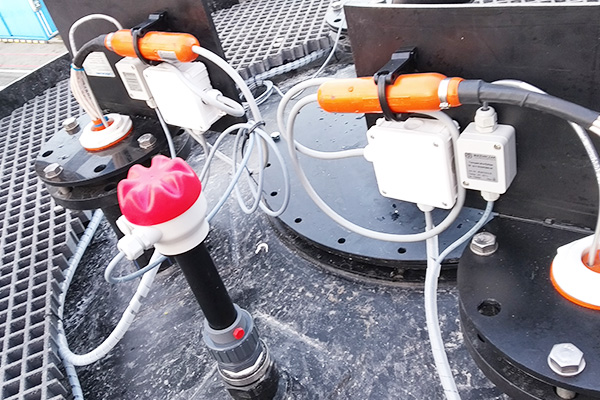
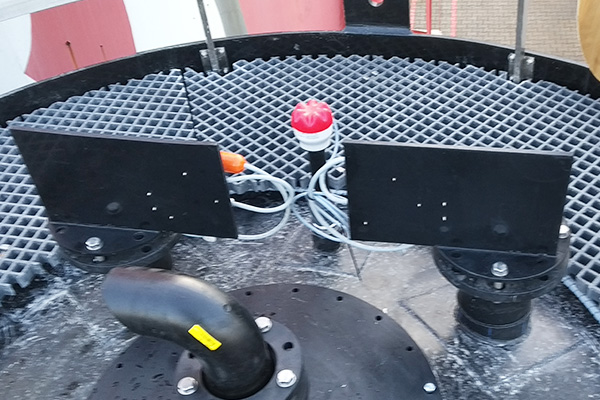
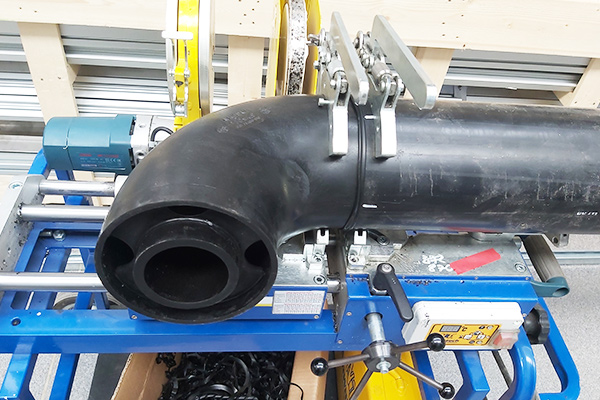
For the production of chemical resistant tanks we mostly use PE100, PE100 RC, PP-H, PP-C, PVC, PVC-U, PVC-C, PVDF, E-CTFE, PFA plastics, as well as GRP/TWS/FRP resins – polyester and vinyl ester composite structures and hybrid composite structures: chemical resistant liner and glass composite structural wall.
HOMOGENEOUS WALL TANKS (welded from extruded sheets or tubes using stress-free filament winding technology – extruded plastic web: solid wall/structural)
LAYERED TANKS
COMPOSITE TANKS
a) resin system covered with a finishing layer
b) multi-layer structures, e.g., inner liner made of PE, PP, PVC, PVDF, E-CTFE, PFA (providing extremely high chemical and temperature resistance) + as a composite structure with high corrosion and chemical resistance
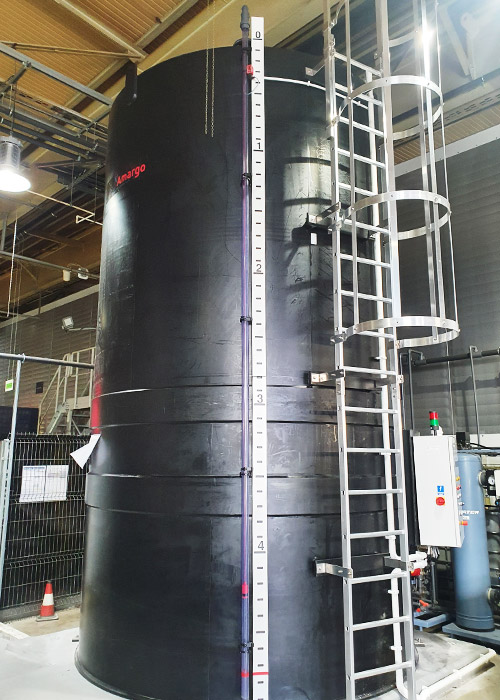
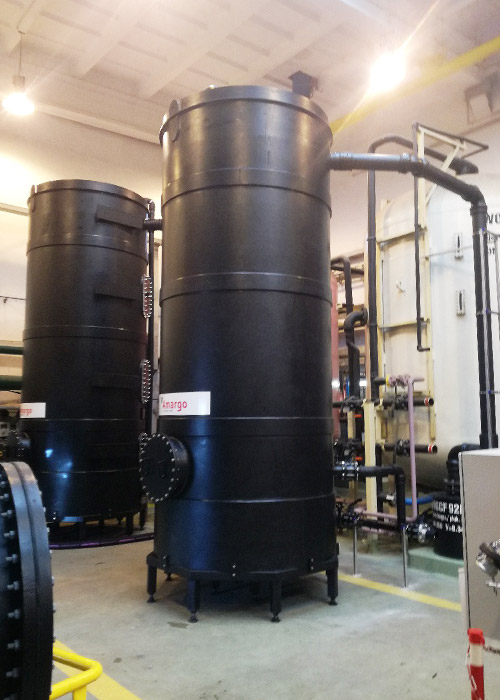
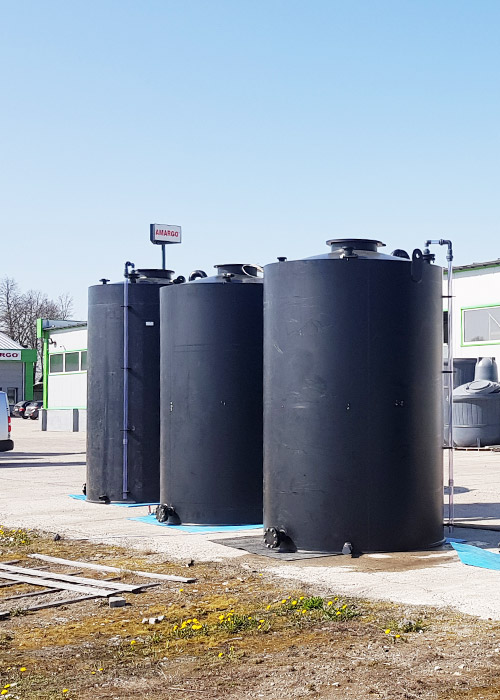
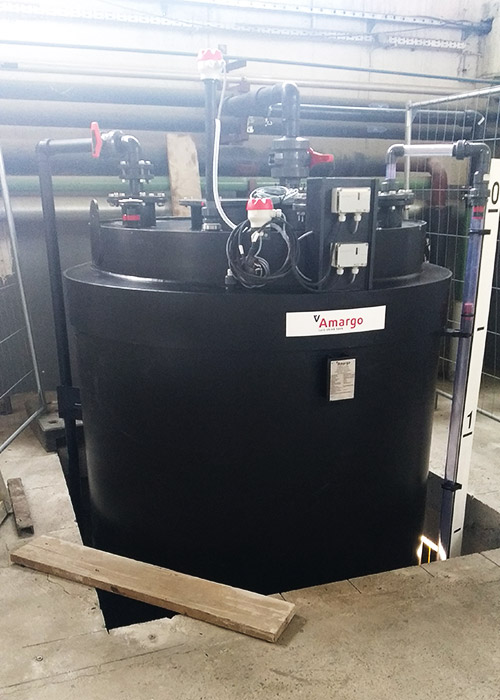
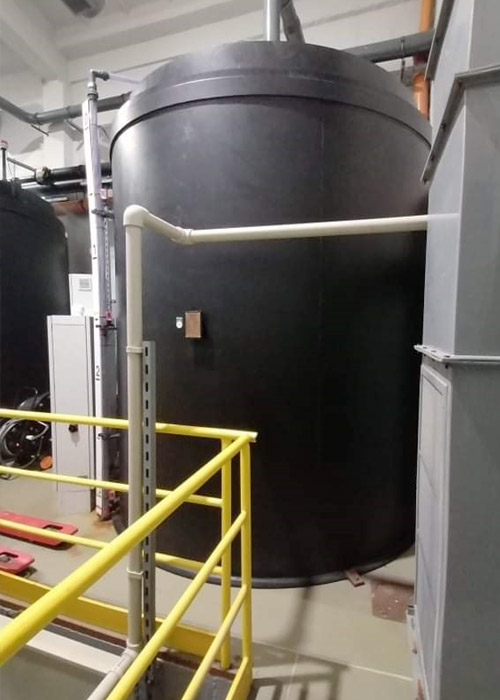
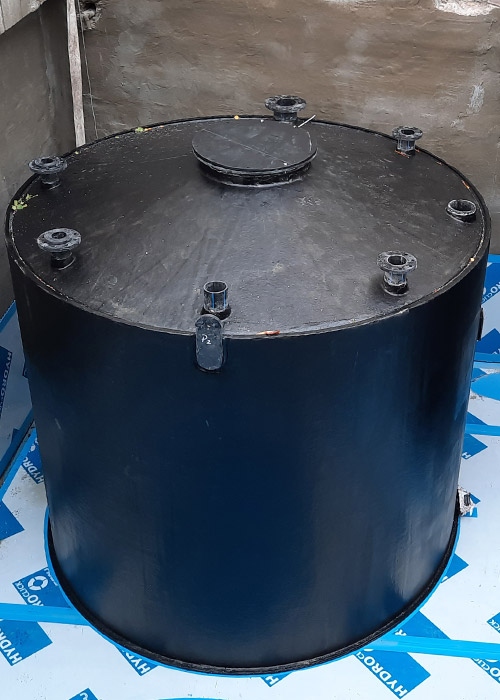
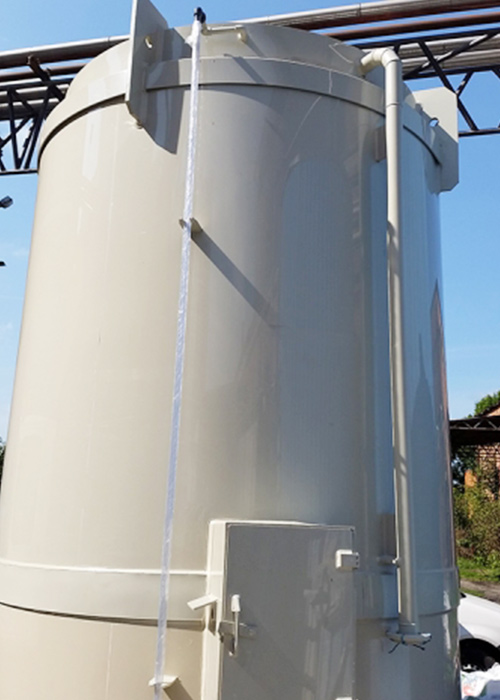
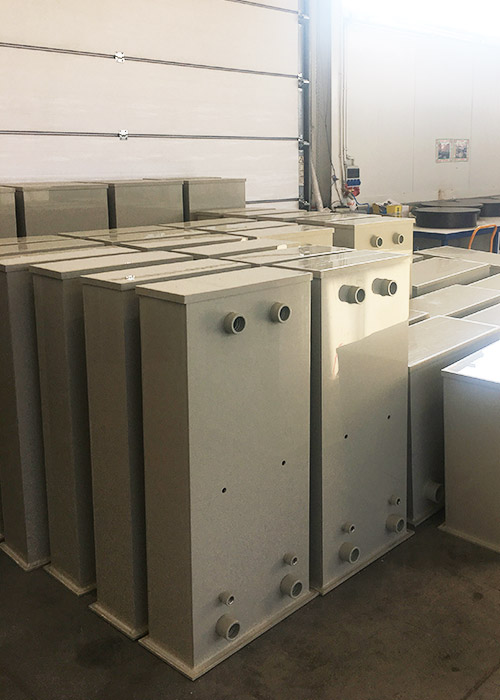
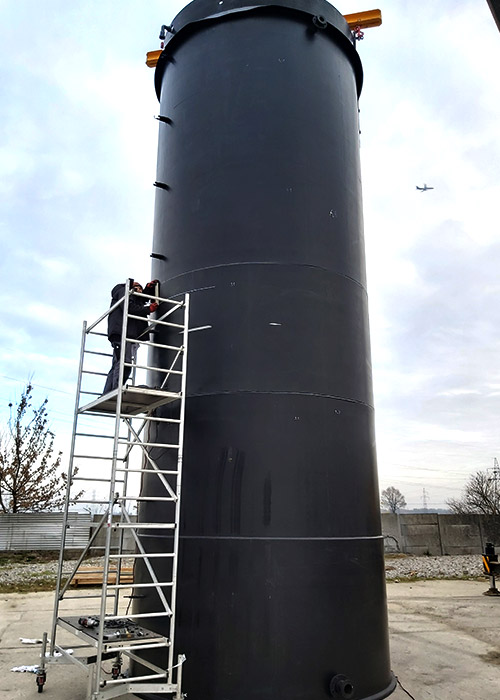
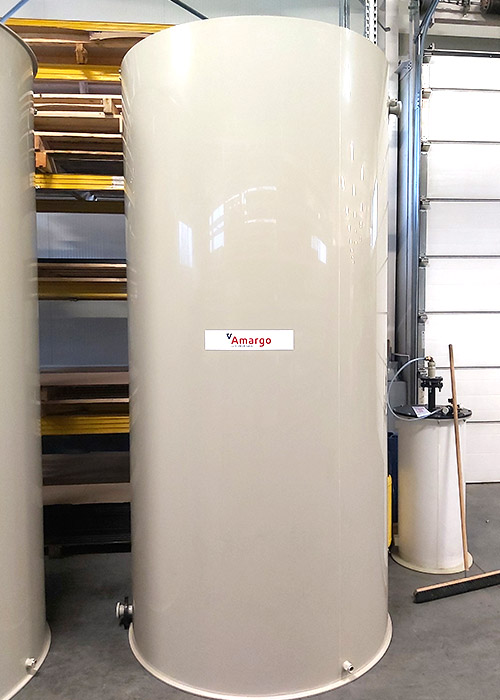
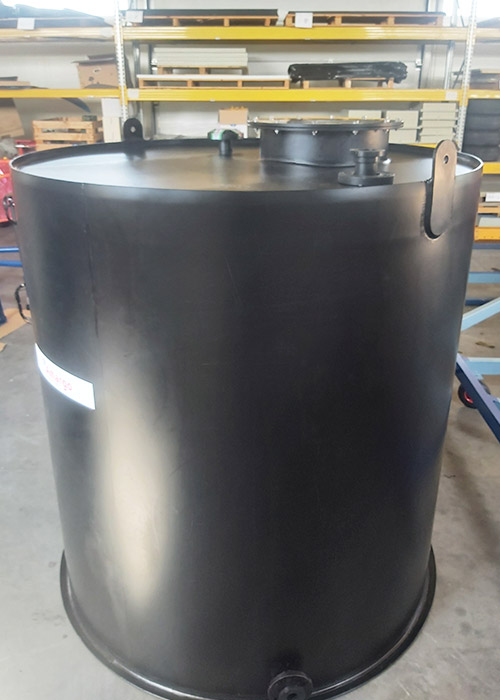
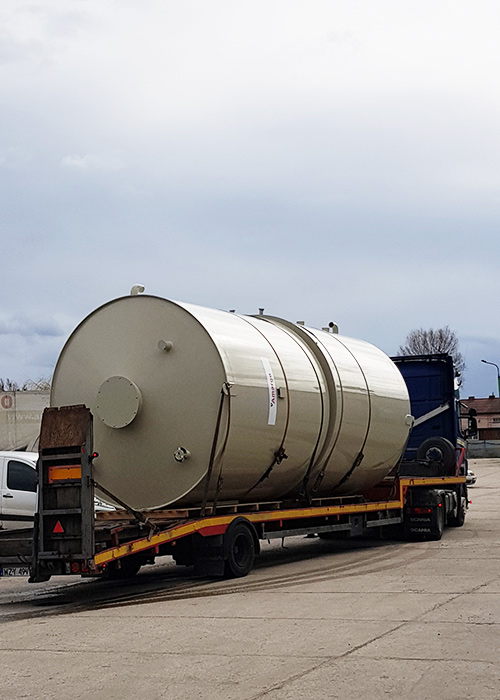
*The data administrator is AMARGO sp. z o. o. sp. k. with its registered office in Koprki, ul. Jaśminowa 16, 05-850 Ożarów Mazowiecki, e-mail address: ado@amargo.pl. The data provided in the above form will be processed in order to send the file with the Amargo guide, due to the legitimate interest of the administrator in responding to the submitted request. If you wish, the e-mail address will also be processed for the purpose of delivering the newsletter, i.e. providing the ordered service. You have certain rights regarding the processed personal data, i.e. access, rectification, deletion, restriction, transfer, objection to processing, and lodging a complaint to the appropriate authority (President of the Personal Data Protection Office, ul. Stawki 2, 00-193 Warsaw) . Providing data is voluntary, but necessary to fulfill a specific purpose. More information about the processing of personal data is included in the Privacy Policy (only in Polish).